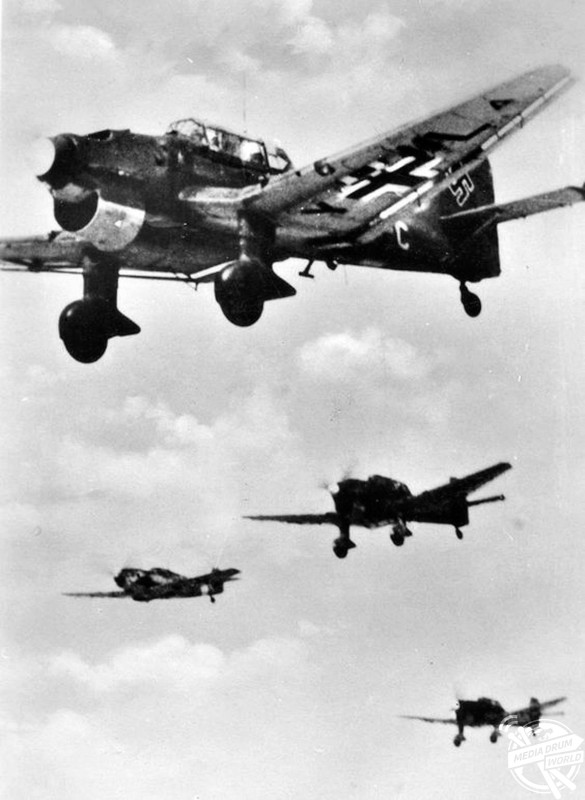By Tom Dare
INCREDIBLE pictures showing scenes from the first month of the Battle of Britain have been published as part of a new book.
Pictures from Battle for the Channel: The First Month of the Battle of Britain 10 July – 10 August 1940 by author Brian Cull, show German pilots in the cockpits of HE111’s, British airmen preparing battle plans and British streets destroyed by falling aircraft as the British fought the German Luftwaffe during the first month of the infamous Battle of Britain.
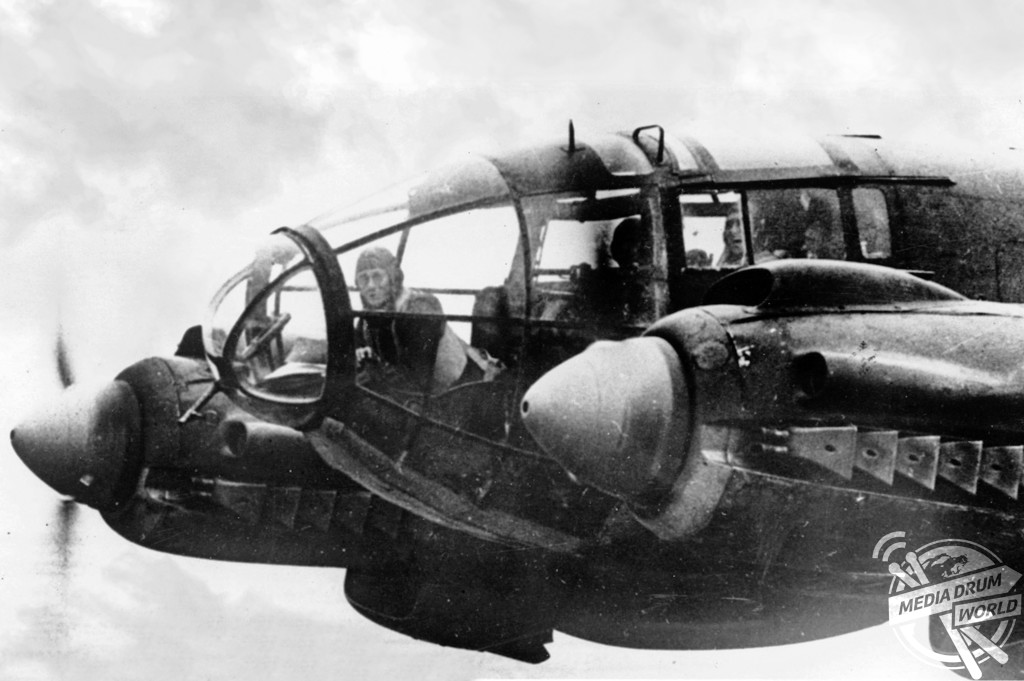
Other images show burning ships in the channel, houses destroyed by downed German aircraft and planes left floating in the Channel.
The Battle of Britain was one of the most important conflicts of the Second World War, with British pilots successfully defending the all-important skies above the English Channel.
But despite their eventual triumph, victory was far from certain for much of the battle.
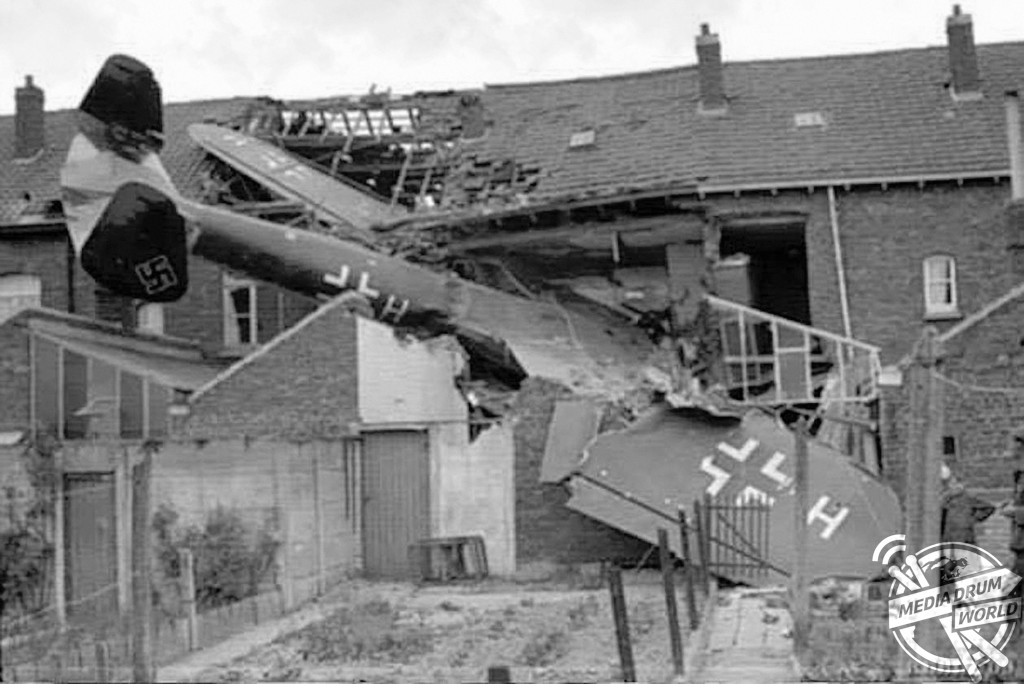
By 1940 Germany had already successfully invaded France, had forced the British into a humiliating retreat at Dunkirk and held much of Western Europe.
So, in July of that year Hitler turned his gaze towards Britain, a country he saw as vital to the German conquer of the continent. Indeed, Winston Churchill had been quoted as saying that “Hitler knows he will have to break us in this island or lose the war”.
Named Operation Sea Lion, Hitler’s plans focussed on crossing the channel and mounting a successful land invasion on British soil for what would have been the first time since 1066.
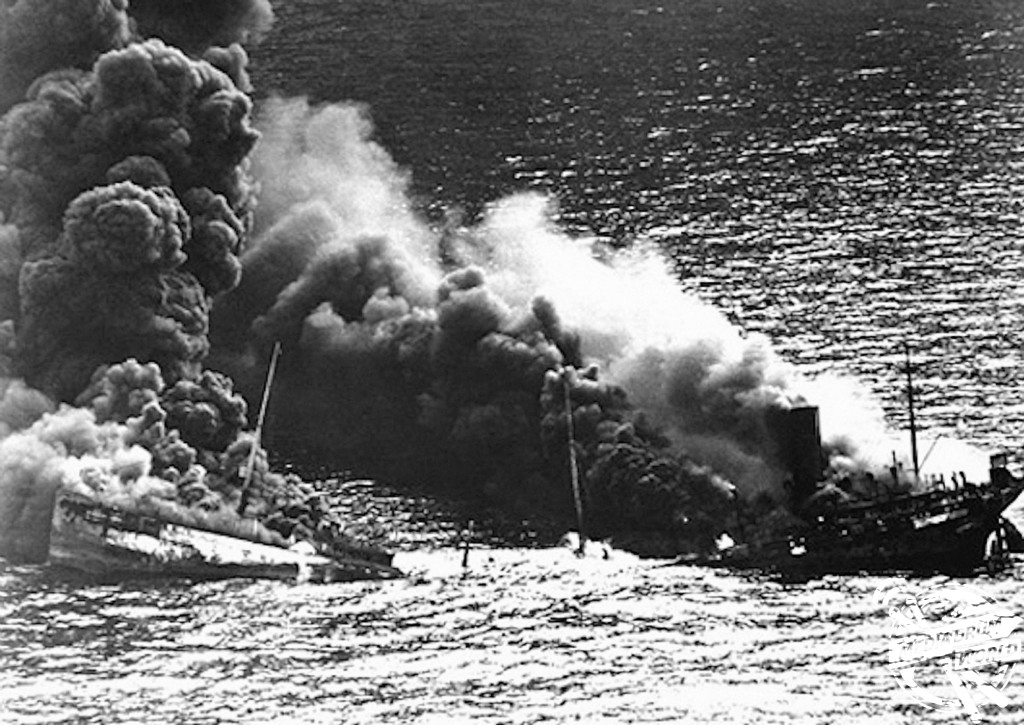
However, to do this he would first have to conquer the skies above the English Channel, and it is here that his quest fell short.
But why? This is the main question the book studies, with Cull noting that Britain already had a strategic advantage before their aircrafts even took off:
“When comparisons were made between the numbers of German aircraft available in relation to those of the RAF, the British commanders – although accepting that the RAF was heavily outnumbered – were becalmed by the fact that the Luftwaffe would have to fight over the Channel and the British mainland, whereby any aircrew forced to bail out would almost certainly become prisoners and their aircraft irrevocably lost,” he writes in the book.
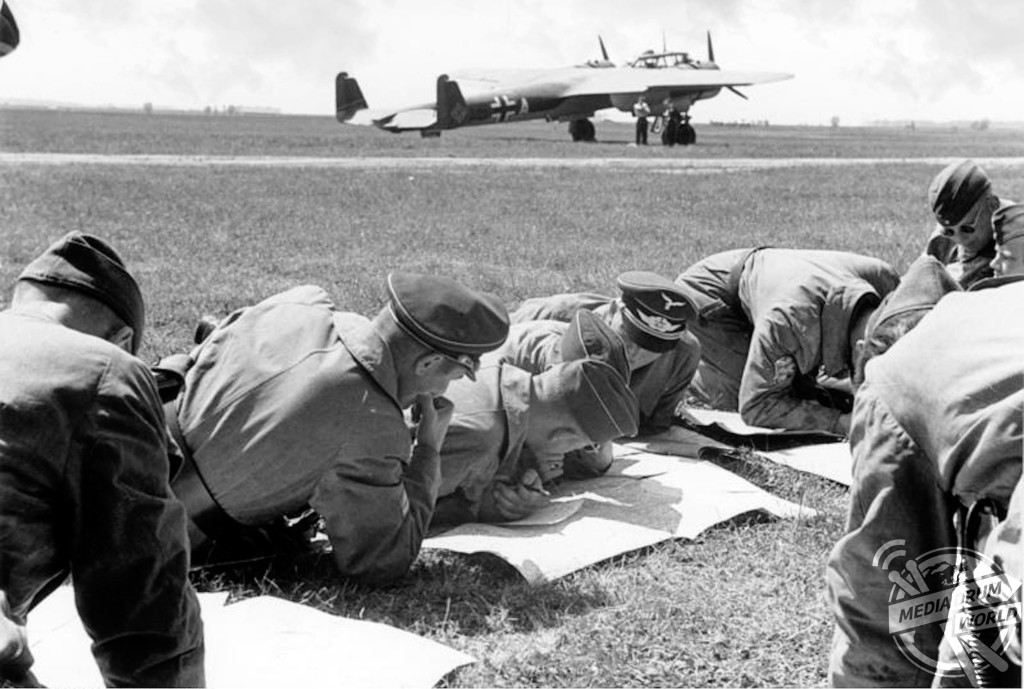
“On the other hand, RAF survivors would live to fight another day, even the same day, and damaged aircraft could be repaired.
“But the one great advantage the British had was the Home-Chain Low detection – later known as radar – which gave advance warning of approaching aircraft from across the Channel and North Sea.”
The book studies the opening exchanges of the Battle of Britain in minute detail, with a week-by-week breakdown of how the conflict unfolded.

It charts how the Luftwaffe bombers were initially aimed at British merchant shipping convoys transporting materials from the North of the country to the South.
These assaults on British ships were often successful. Though British aircraft did well to repel some attacks and keep the Germans from making any real meaningful advances, they often sustained heavy losses that were for the most part unsustainable. Within a month of the start of the battle the Channel was effectively closed to British shipping.
The book concludes with a dim outlook for the British, which was indeed the case until Germany changed their tactics to focus on British airfields in mid-August 1940. But despite the continued assaults on the British mainland and the eventual Blitz carried out by the Luftwaffe, Britain remained defiant and eventually inflicted Hitler’s first major, forcing the Germans to abandon their plans in October 1940.
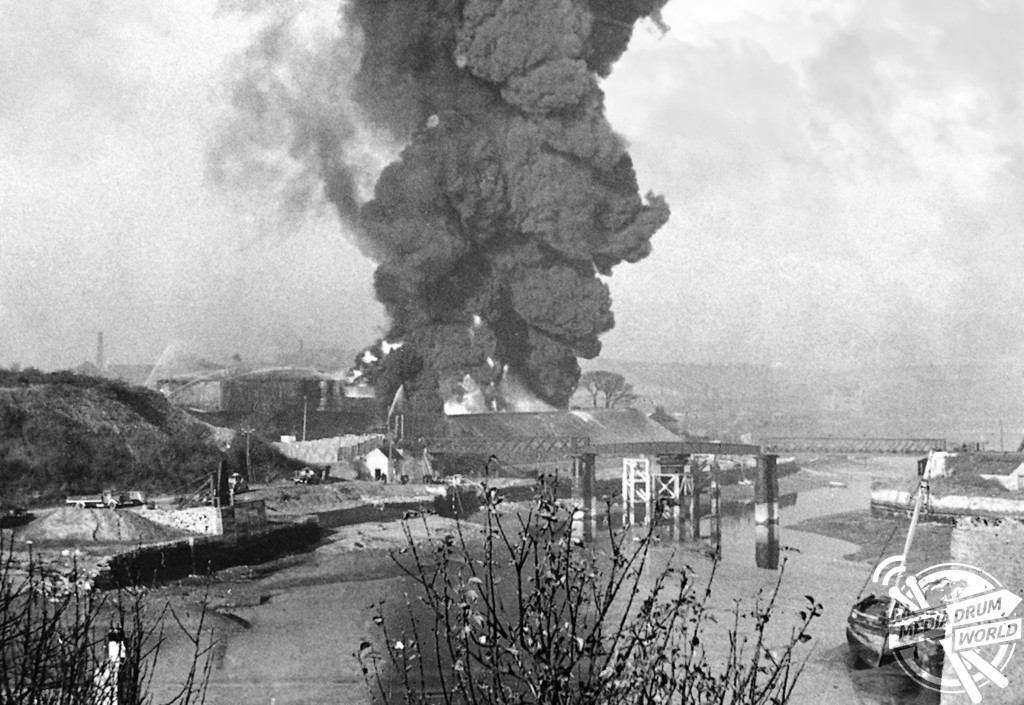
The book, published by FontHill, can be found on Amazon here: https://www.amazon.co.uk/dp/1781556253

